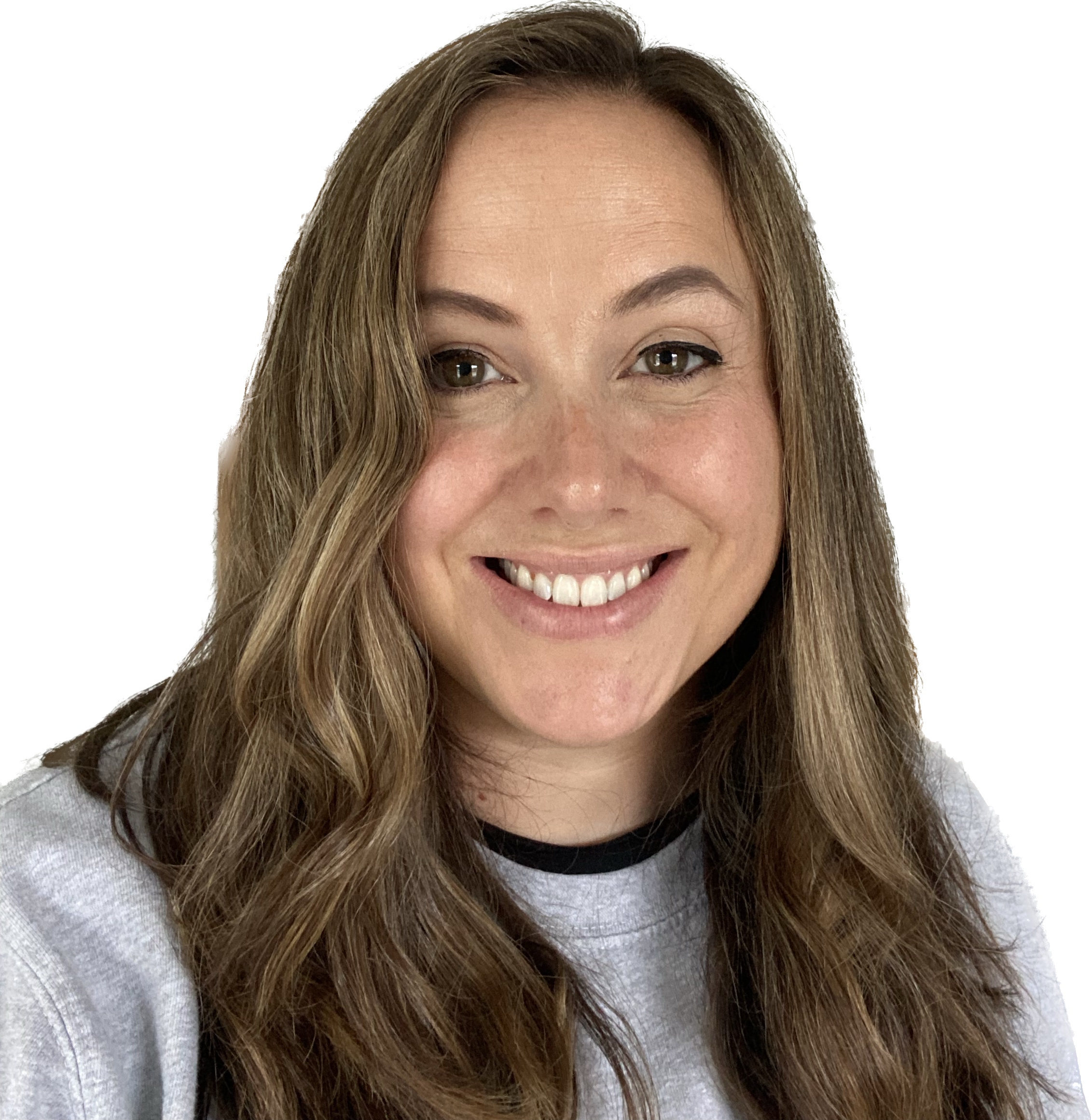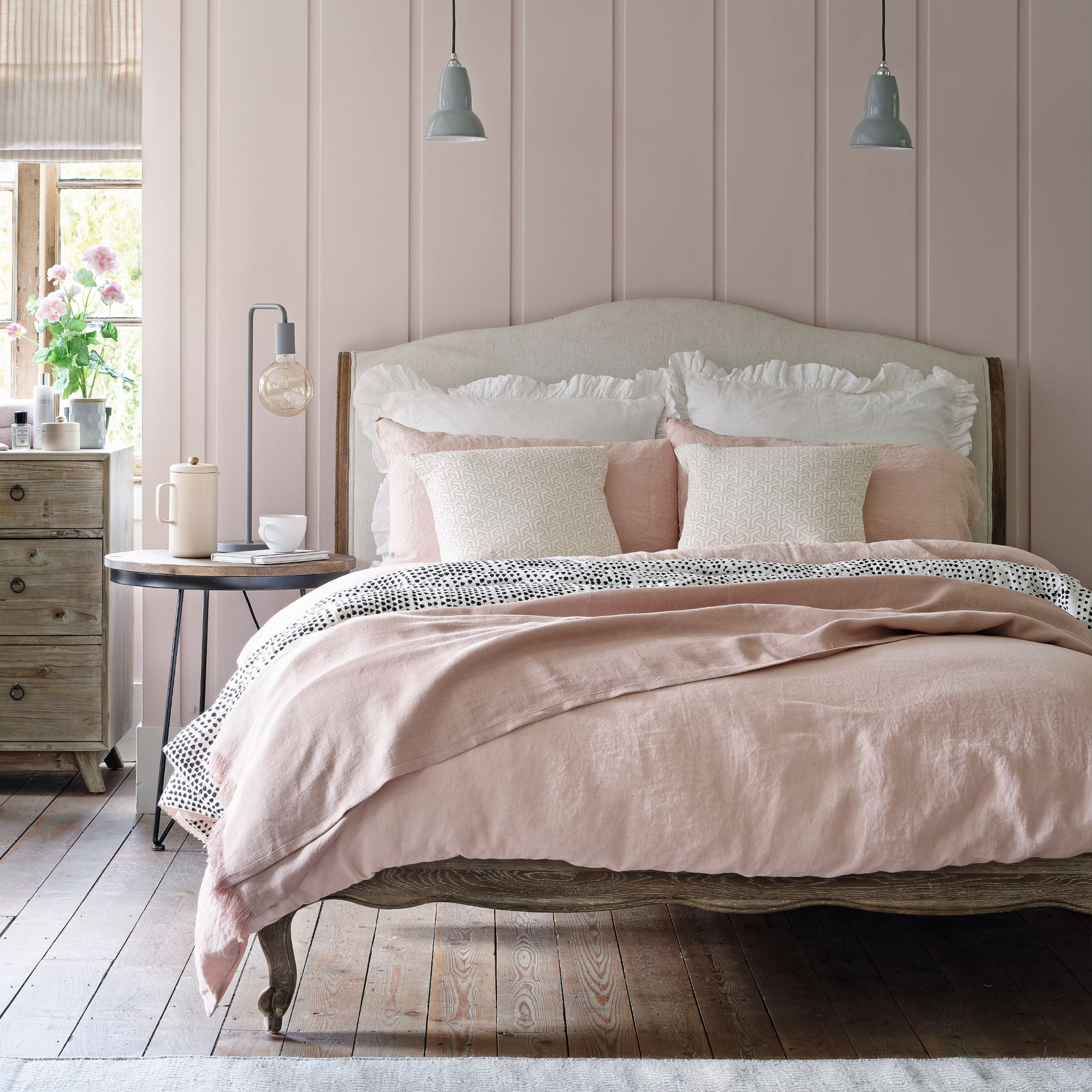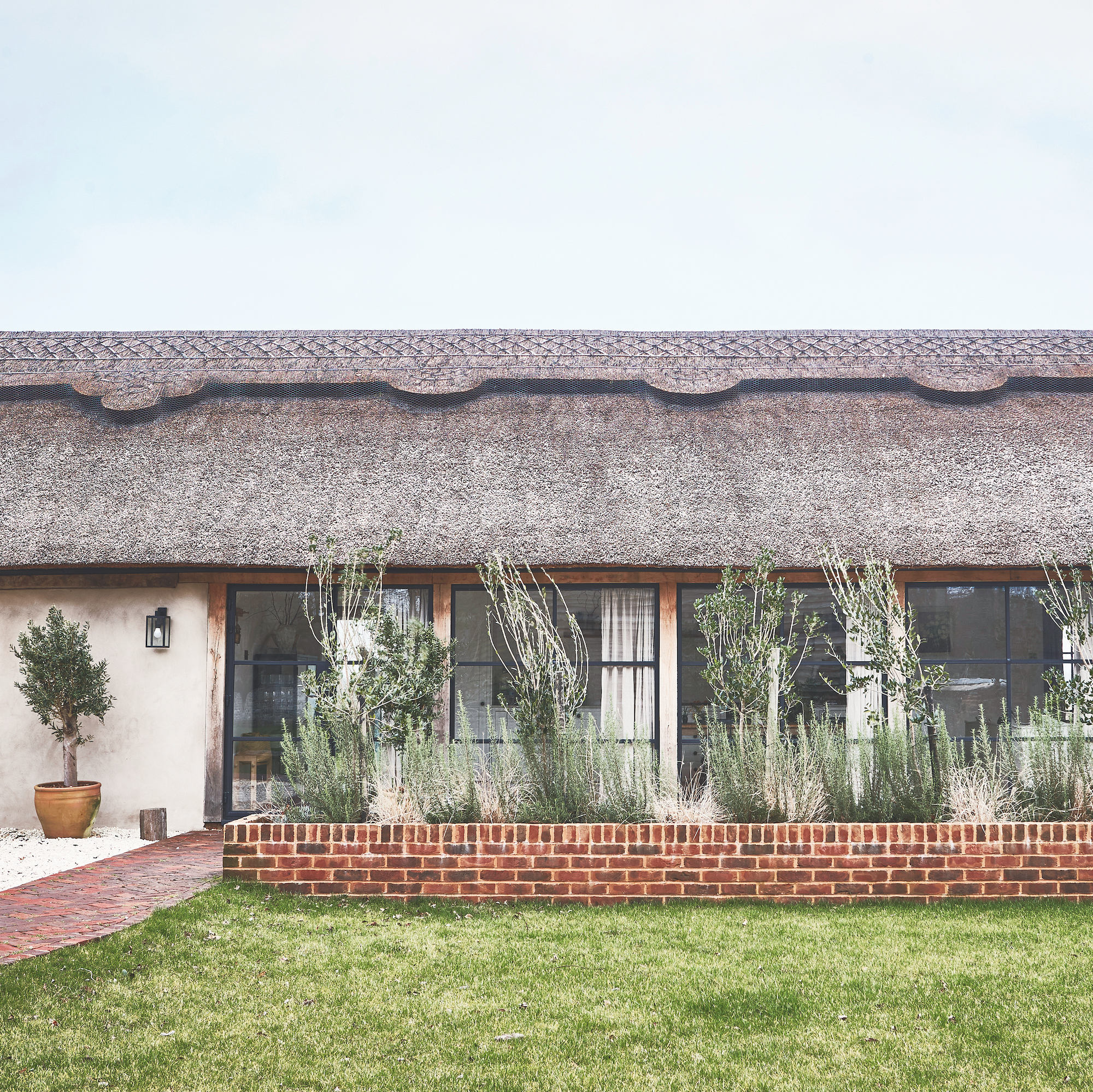What is a pocket-sprung mattress? The pros and cons of this style of mattress
Experts explain what you need to know before investing in a pocket-sprung mattress


Buying a new mattress can be a head-scratching experience. There are so many fillings, supports, tensions and springs to think about. As a sleep writer with experience of testing plenty of mattresses from all brands over the last few years, I’m going to help explain.
You almost certainly want to know what the best mattress is for you. I’m afraid there isn’t a definitive answer, because there is no such thing as the one best mattress. You have to weigh up a lot of factors. But pocket-sprung mattresses are one of the more premium types of mattress. And a lot of people think they’re the best type of mattress. We’re going to get into why they’re rated so highly now.
What is a pocket-spring mattress?
The term “pocket spring” refers to the type of spring that’s inside the mattress, under a layer of filling. The springs in sprung mattresses are what give you support and that “bounce back” feeling.
We’ll look at why pocket-spring mattresses are so well rated a bit further down this article in the benefits section. But here are the nuts and bolts…
'A pocket-spring mattress consists of individually nestled springs contained within separate pockets, allowing them to work independently to provide improved support for your body,' says Laura Tudor, Bedroom Furniture, Filled Bedding and Mattress buyer at John Lewis & Partners.

As you might expect, not all pocket-sprung mattresses are created equally. Some, like the Woolroom Hebridean 3000 mattress we reviewed, are filled with premium natural fibres such as wool, in Woolroom’s case. These luxury fibres can jack up the price.
There are also more budget-friendly pocket-sprung mattresses. These often have fewer springs and perhaps synthetic rather than natural fibres. Let’s look a bit more at the number of springs and what that means.
Get the Ideal Home Newsletter
Sign up to our newsletter for style and decor inspiration, house makeovers, project advice and more.
What is a pocket spring count?
'A pocket spring count is the number of springs within a mattress, based on a king size mattress,' says Laura Tudor from John Lewis & Partners.
'Spring counts typically vary from 600-800 up to 2,500 but can go up to 3 or even 4,000,' says Simon Williams from the National Bed Federation. Indeed the number can go higher still, says Laura Tudor of John Lewis & Partners: 'Our pocket spring count varies from 1,000 to 19,000 springs.'
How many pocket springs do I need?
So do more springs equal a better mattress? As ever with mattresses, it’s not that simple. But you do want to be aiming for around 600-1,000 springs in a kingsize mattress. Any less than this and it means the springs have to be larger and therefore don’t provide such refined, targeted support. This might translate to aches and pains in the morning.
But when you’re getting into loads and loads of springs, these springs are going to be very small. Sometimes these are called microsprings. Some of these teeny springs can be great for zoned support at pressure points like your shoulders and hips. But the ideal is to also have enough medium-sized springs too for substantial support.
It’s wise to investigate how many springs pocket-sprung mattresses have, and what type of springs they are. This will tell you something about the degree of support they offer.

What are the benefits of a pocket spring mattress?
1. Targeted support
Pocket sprung mattresses have springs that are able to move independently of one another. This means they can offer more targeted support. This is great if you’re prone to aches – particularly a bad back. The springs will keep your spine aligned properly all night.
'[The] small, softer springs [in pocket-sprung mattresses] work independently from each other. [A pocket sprung mattress] conforms and adjusts to body contours,' explains Simon Williams of the National Bed Federation.
2. Good movement isolation
If you’ve ever woken in the morning feeling less than refreshed thanks to your partner’s fidgeting, a pocket-sprung mattress might help.
'The individual springs means they’re ideal for people sharing a bed - as it’ll minimise disturbance when the other person moves,' says Laura Tudor of John Lewis and Partners.
'This also means it’ll minimise the risk of you rolling towards your partner in the middle of the night, helping you to have a less disturbed night's sleep,' says Laura Tudor.
3. Edge-to-edge support
Because all the springs are separate in a pocket sprung mattress, you can have different tensions on the springs in different areas. Many pocket-sprung mattresses offer 'edge support' – which is a firmer tension around the edge of the mattress.
This means you won’t feel your support taper off if you roll to the edge, and it should also mean you have a bigger comfortable surface area to sleep on.
4. Plenty of choice
Thanks to the spring technology, you can go quite specific with your pocket sprung mattress once you know what you like in a mattress. Many brands, such as Hypnos, Feather and Black and Naturalmat let you choose the tension of your mattress so it’s just right for you. With some brands you can even go so far as to have different tensions on each side, so both you and your partner get a perfect mattress.
You also have a wide range in the choice of fillings on pocket sprung mattresses – and a wide range of price points to match. If you want to go really premium with silk, cashmere and so on in your fillings, there’s plenty on offer with pocket-sprung mattresses. And if your budget or taste is a bit more ‘man-made fibres’, then you can find a brilliant mattress to fit the bill.

What are the disadvantages of a pocket spring mattress?
1. Can be expensive
There’s no shying away from it. Pocket sprung mattresses can be very spenny. Generally the average pocket-sprung mattress is going to cost more than a foam or open-coil mattress, just because of the engineering of it.
But as I’ve alluded to before, there are a range of price points within the pocket-sprung mattress sector. As with everything in life, just make sure you stick to what you can afford. And keep an eye out for deals and sales.
2. Heavy to move
Many mattresses require rotating and turning to extend their lifespan. And depending on your room set-up, you might also need to move the mattress to change the bedsheets.
With pocket-sprung mattresses this can be quite the workout. The robust heavy springs really beef up the weight, especially on those mattresses with loads of springs in them.
What is the difference between a spring mattress and a pocket spring mattress?
While pocket springs come in their individual pockets inside the mattress, a spring mattress encompasses open-coil mattresses too. These open-coil mattresses have springs that are intertwined like a cage. This makes them less expensive and more lightweight, but can also mean they offer less targeted support than pocket-sprung mattresses.
The best way to know if a mattress is right for you is to either test in-store or opt for a mattress with a sleep trial guarantee. This is one investment you don't want to get wrong.

Zoe is a freelance journalist and content strategist. Her career has traversed kids' publishing, women's lifestyle magazines, luxury property and content marketing. She's worked for the BBC, STYLIST, Marie Claire, heat, Wallpaper*, InStyle, The Sunday Times Style, Ocado, Christie's and more. She now regularly writes about interiors and sleep for a range of media – what she doesn't know about mattresses isn't worth knowing.
-
 This old dairy barn was brought back to life and is now an amazing home
This old dairy barn was brought back to life and is now an amazing homeIt's brilliant blend of old and new in West Sussex
By Sara Emslie
-
 The red creeping thyme lawn is a beautiful new take on traditional grass – here's how to grow one
The red creeping thyme lawn is a beautiful new take on traditional grass – here's how to grow oneIt's effortless and unique
By Sophie King
-
 Mary Berry’s favourite flower to grow in the garden is a low-maintenance winter bloomer - and you can plant it right now
Mary Berry’s favourite flower to grow in the garden is a low-maintenance winter bloomer - and you can plant it right nowThese gorgeous purple blooms will brighten up your garden
By Kezia Reynolds